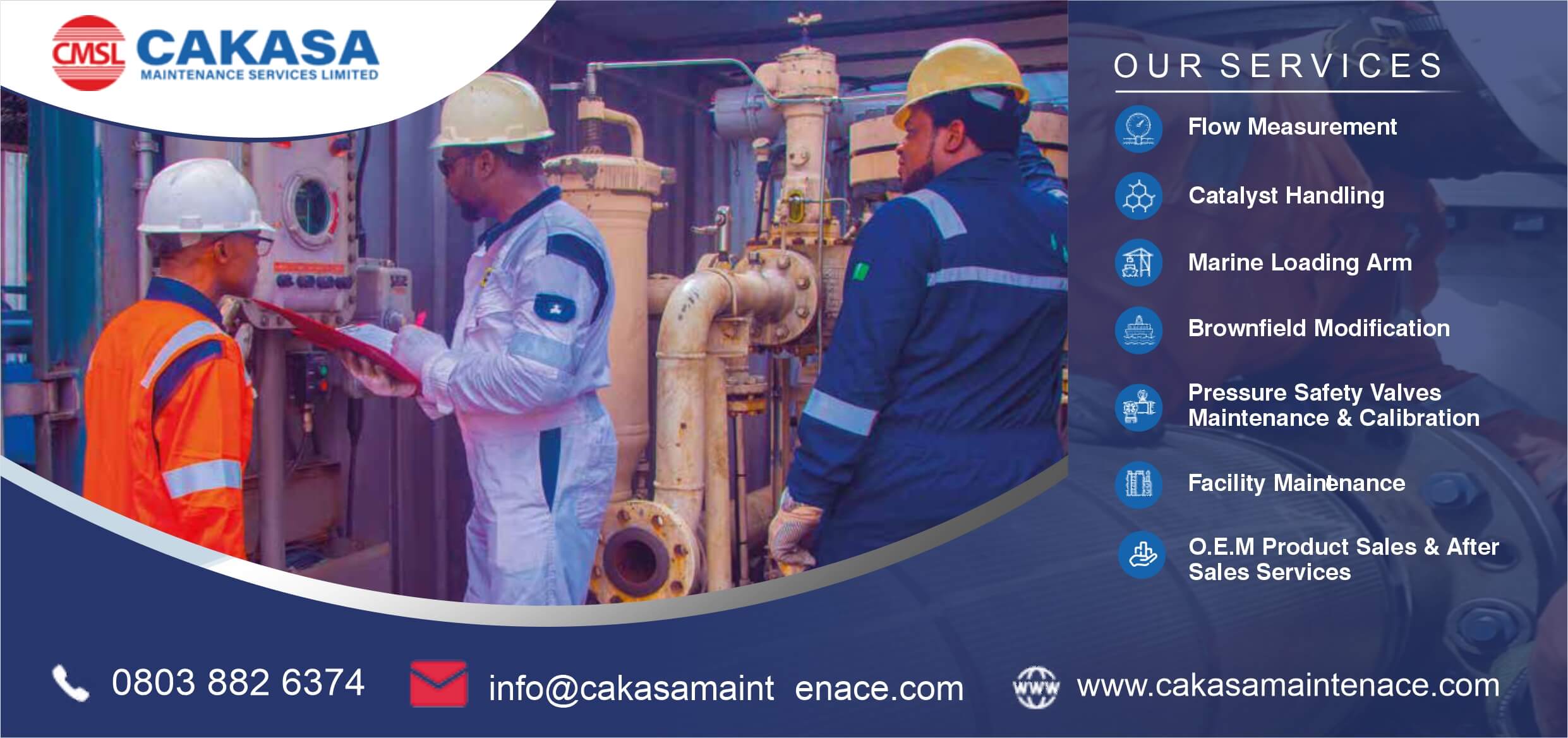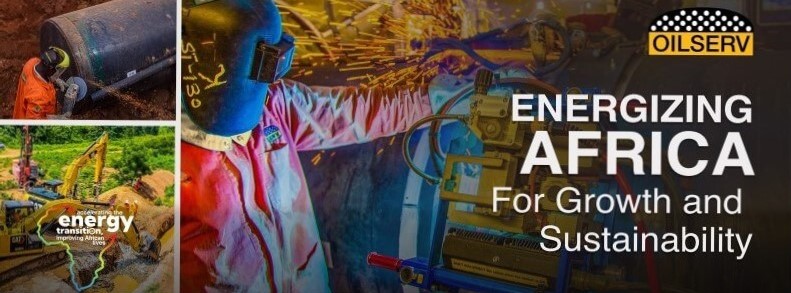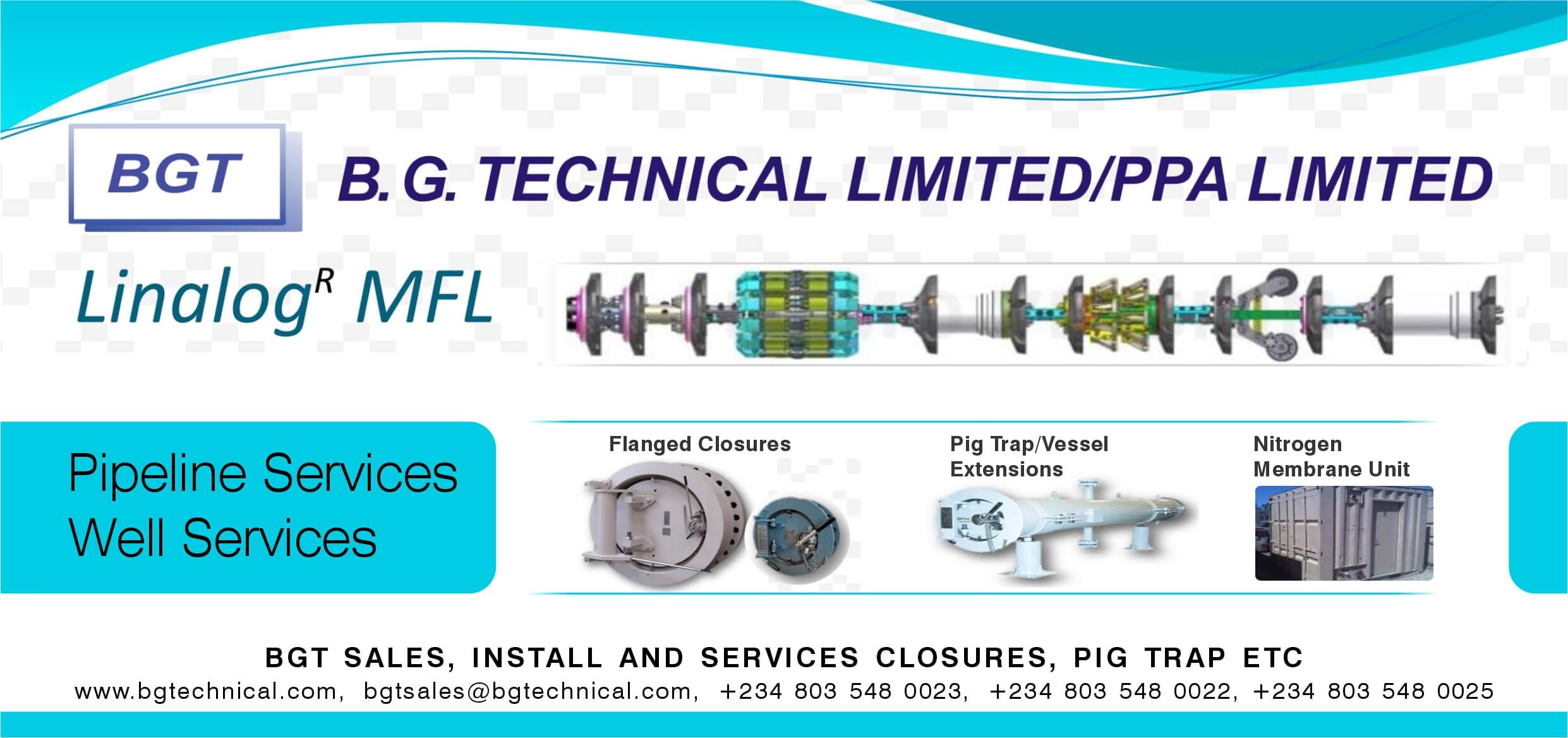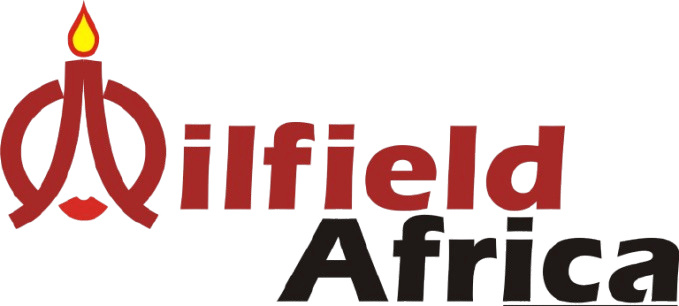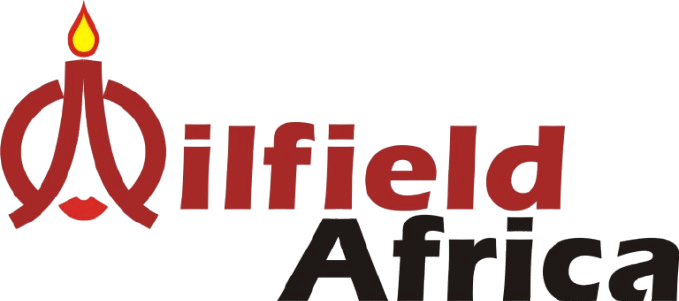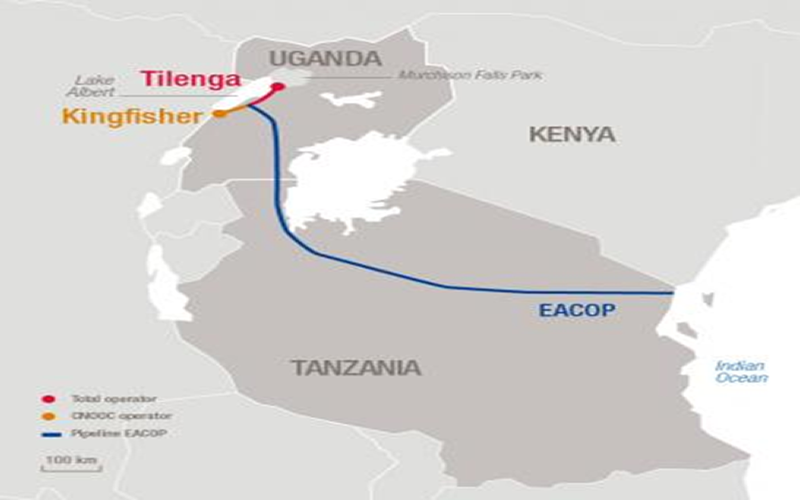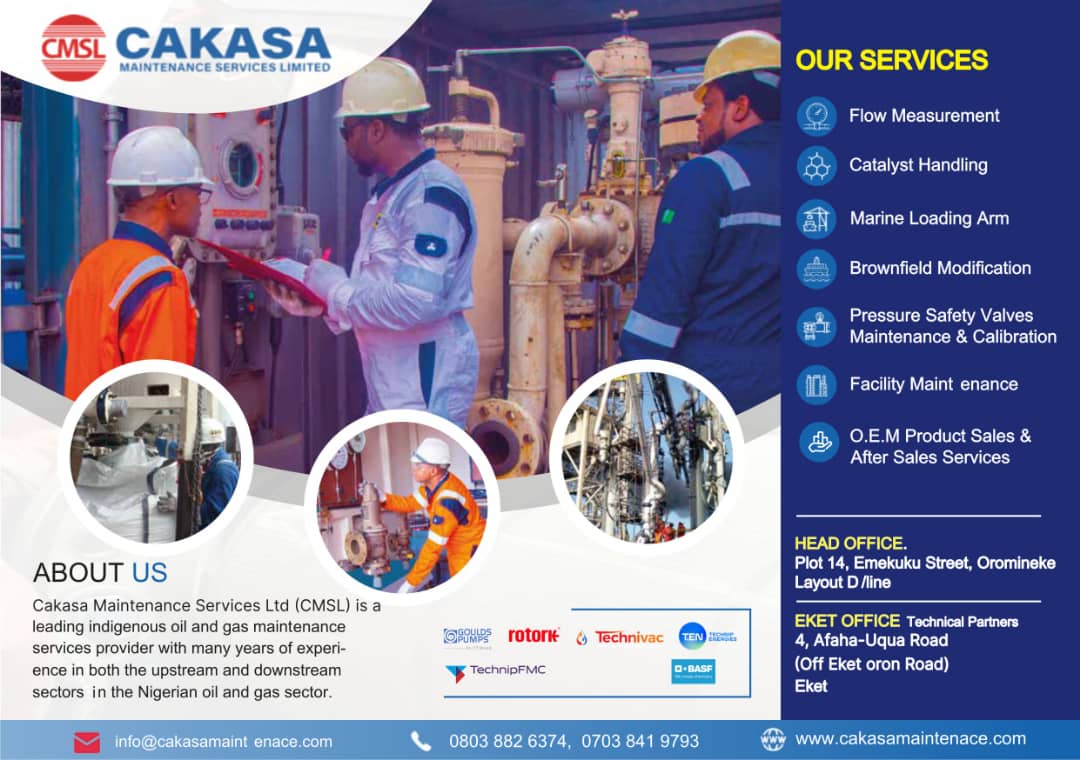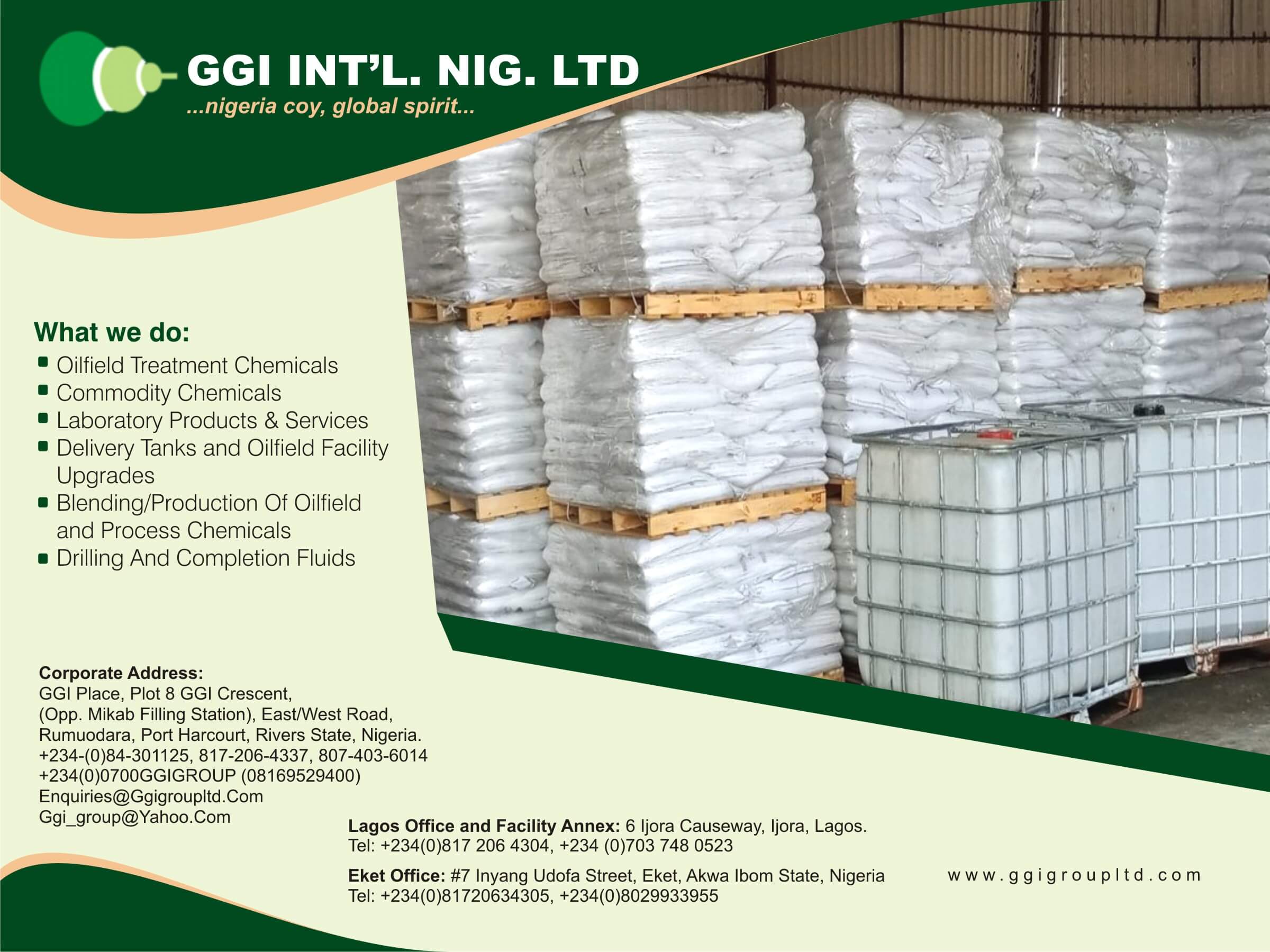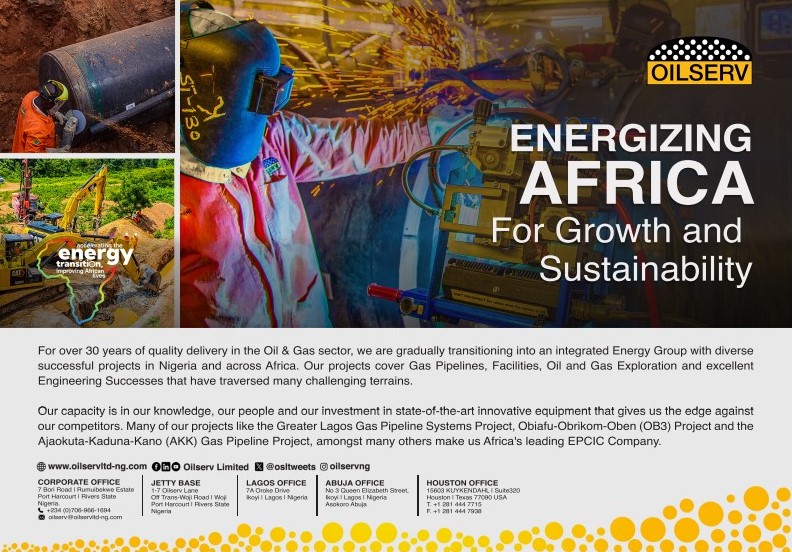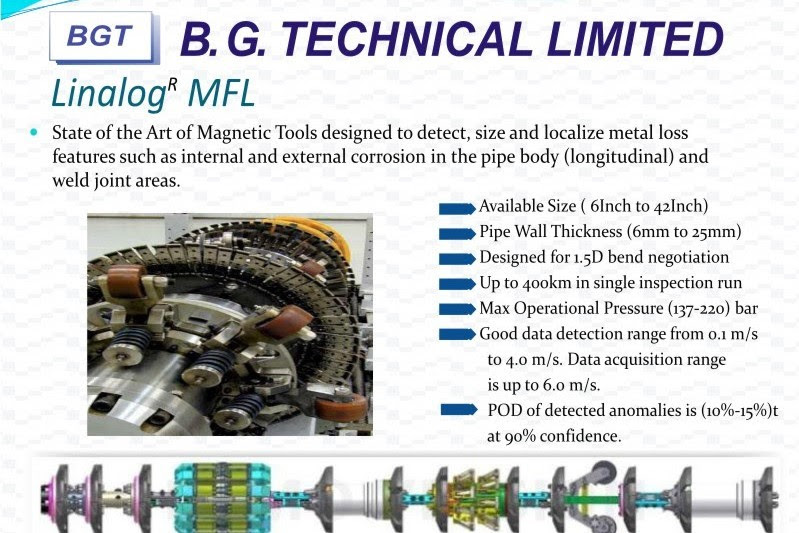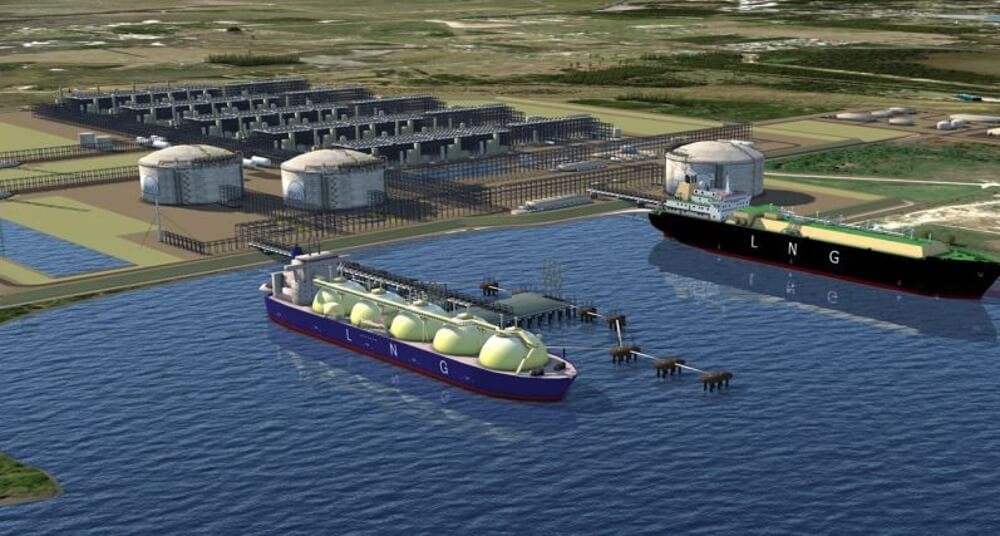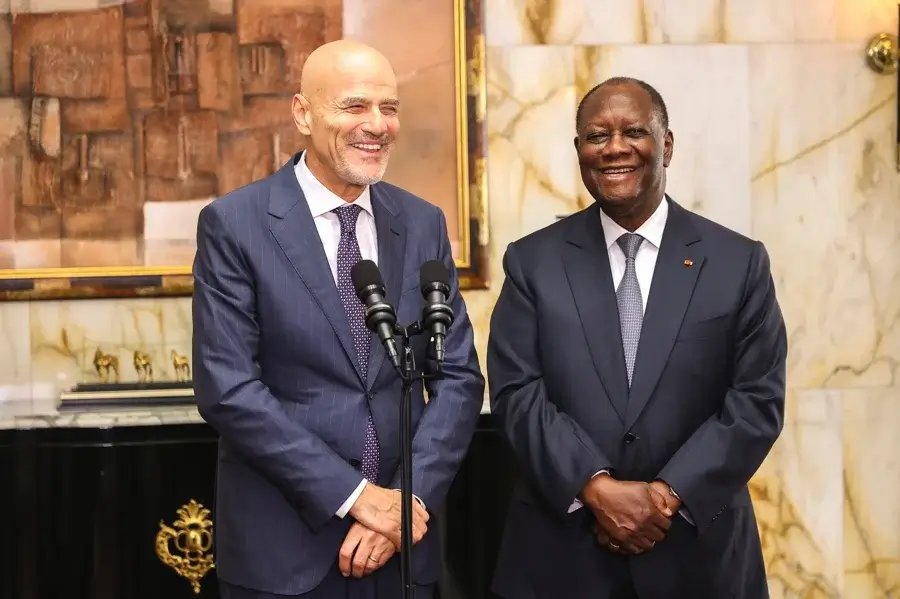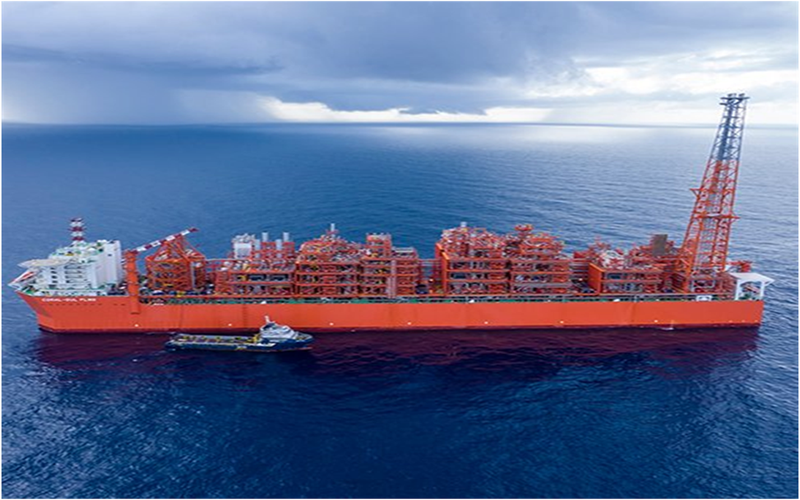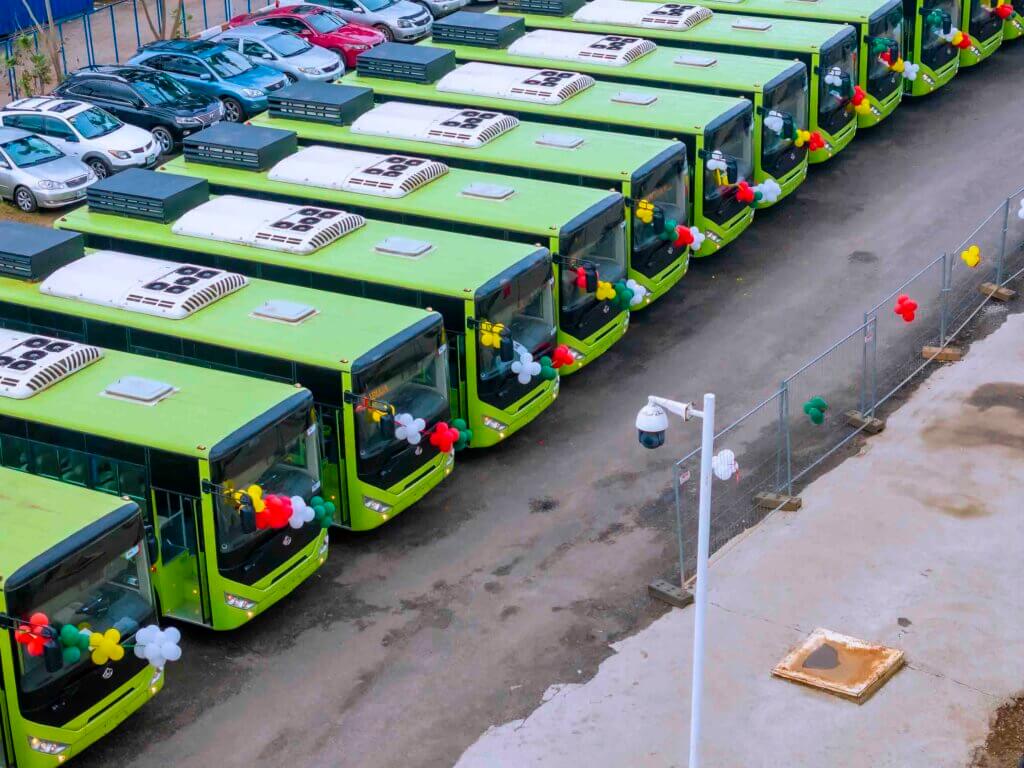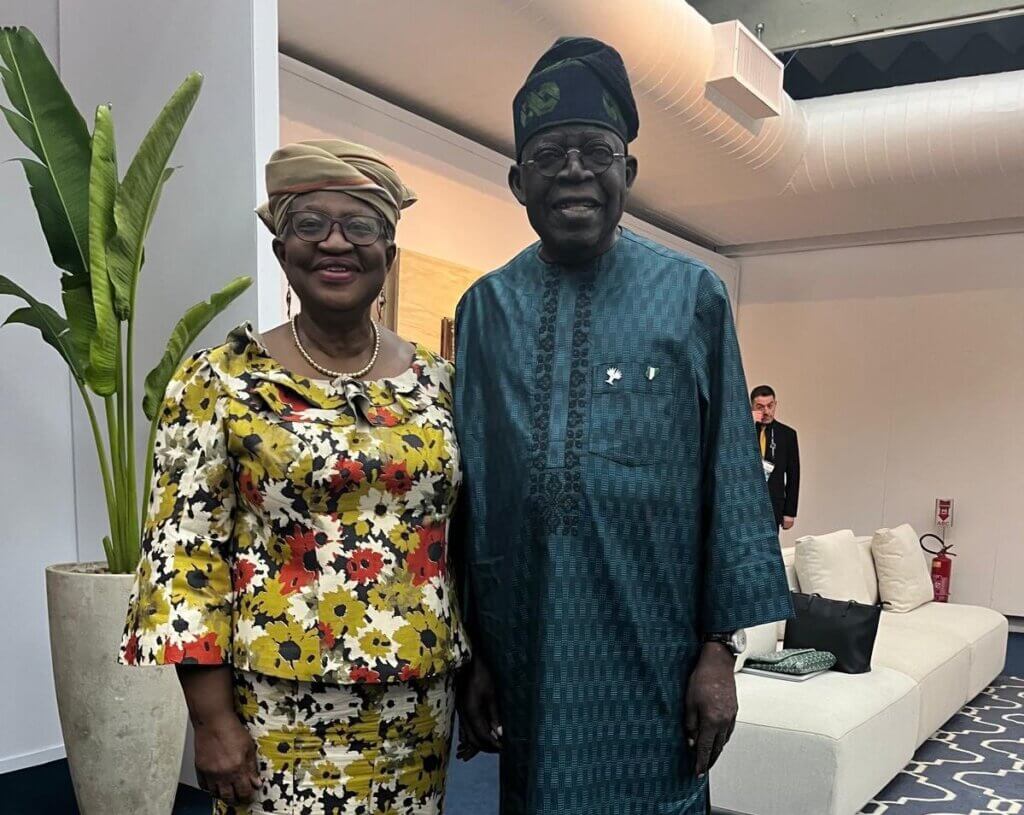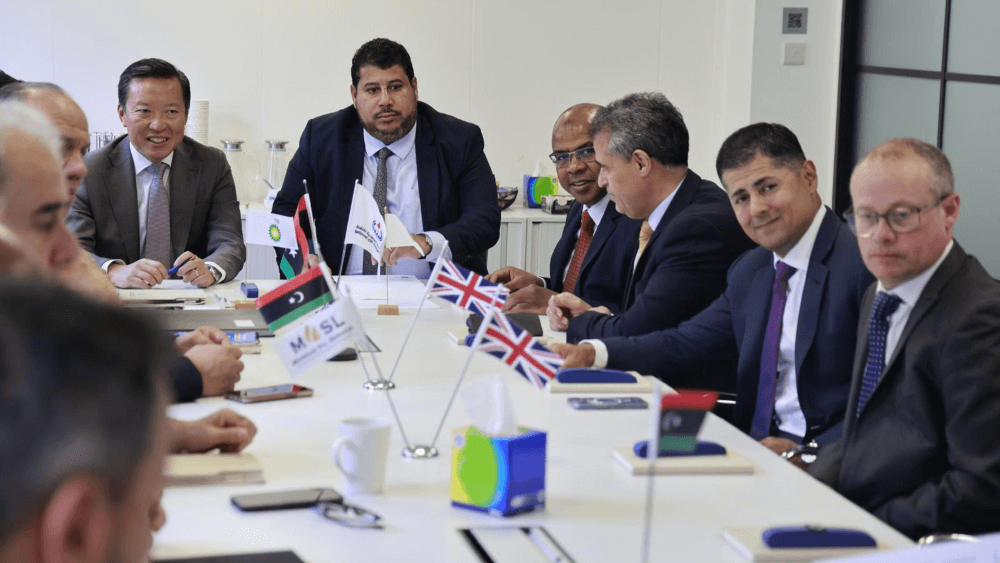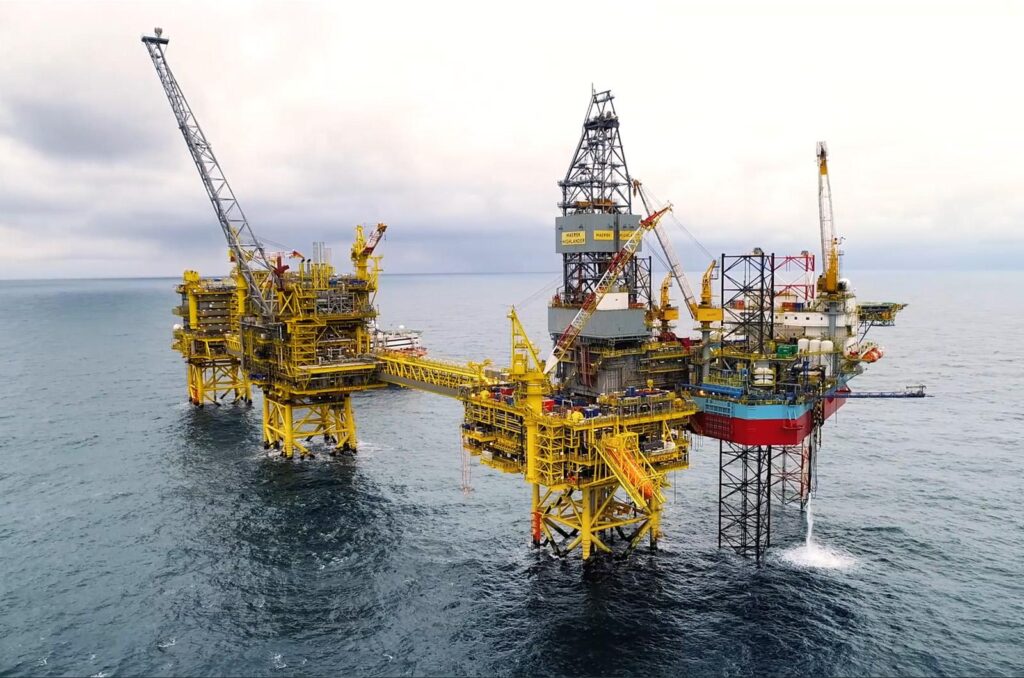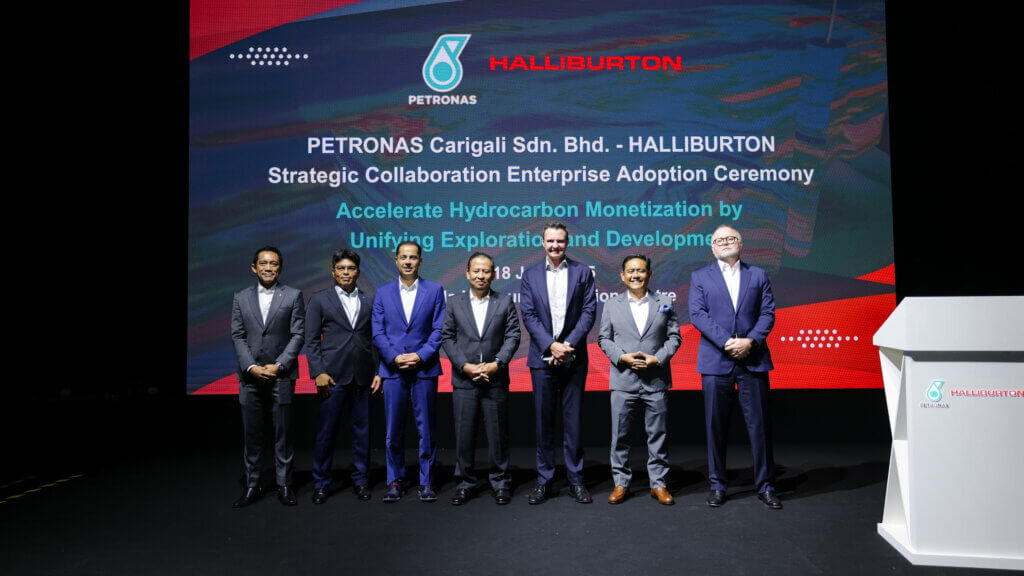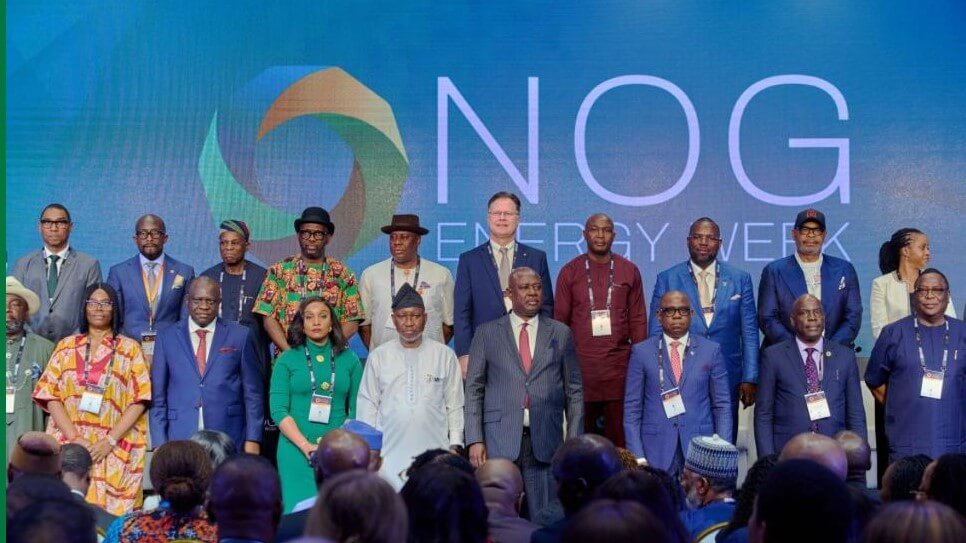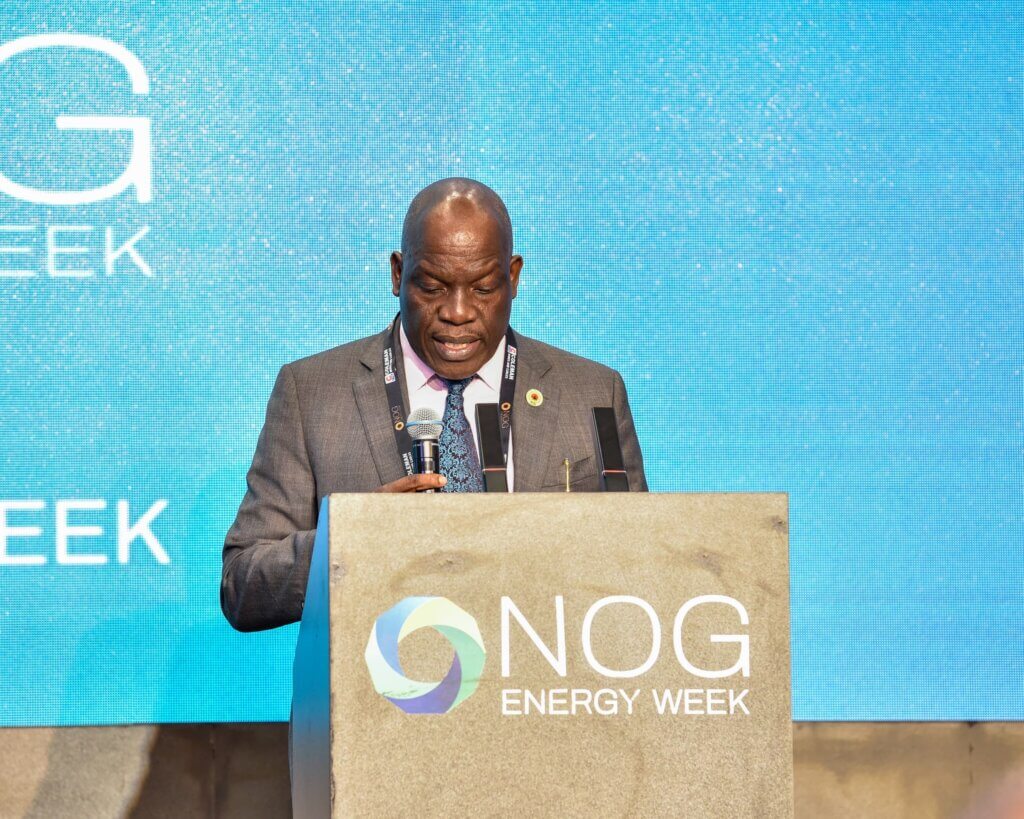
The projects for the development of the oil and gas resources of the Lake Albert region and the cross-border pipeline are situated in a sensitive social and environmental context that requires special measures for the environment and the rights of the local communities.
The Lake Albert region in Uganda has major oil and gas resources, estimated at over one billion barrels. Uganda wanted to develop them under the projects Tilenga, operated by TotalEnergies, and Kingfisher by CNOOC.* Production will be delivered to the Tanzanian port of Tanga by a cross-border pipeline, built and operated by the EACOP company (East African Crude Oil Pipeline).
The Tilenga and EACOP projects are situated in a sensitive social and environmental context and require land acquisition programs with close attention to the rights of the affected communities. Environmental and social impact assessments (ESIAs) have been carried out in compliance with the exacting standards of the International Finance Corporation (IFC). Third-party reviews have also been conducted to ensure that the projects are compliant with the best social and environmental practices.
As a responsible operator, TotalEnergies recognizes the projects’ environmental and social issues, and takes them into consideration.
A land acquisition program compliant with the highest international standards
The completion of the Tilenga and EACOP projects will require the implementation of a land acquisition program covering some 6,400 hectares. For Tilenga and EACOP, this program means relocating 723 primary residences, and will affect a total of 18,800 stakeholders, landowners and land users. Carried out in compliance with IFC performance standards, this program will begin with a complete survey of the land and crops and monetary compensation and/or compensation in kind. Each family whose primary residence is being relocated may choose between a new home and monetary compensation. An accessible, transparent and fair complaints-handling system will be running throughout the process.
Close attention to the rights of the communities concerned
Right from the design phase of these projects, special attention has been paid to information, consultation and consensus-building with all stakeholders. Over 70,000 people were consulted for the ESIAs. Discussions have been initiated with several NGOs, laying the foundation for a sustainable collaboration process aimed at capitalizing on their expertise and driving continuous improvement.
As in all the Group’s operations, TotalEnergies attaches the utmost importance to compliance with human rights in the implementation of these projects. Everybody has the right to express themselves. TotalEnergies does not use or tolerate the use by others of aggression or physical or legal threats against people who are exercising their right to freedom of expression or their right to peaceful assembly or protest.
Projects consistent with our environmental commitments
These projects are located in a particularly sensitive natural environment, especially in terms of biodiversity. Strict measures have been taken to avoid, mitigate and offset their impact.
TotalEnergies has decided to restrict the footprint of the Tilenga project in Uganda’s Murchison Falls Park, a protected area and a showcase for African biodiversity. Development will be limited to an area that accounts for less than 1% of park land, and thanks to strict preventive and reduction measures built into the design of the project, the temporary and permanent Tilenga facilities inside the Park will cover less than 0.05% of the surface area.
The main measures taken in Murchison Falls Park
- Number of well locations limited to ten
- Underground oil and water injection lines
- No processing facilities
- No flares
- Installation of horizontally drilled flowlines to cross the Nile
- No night work, except for drilling
- Strict specifications applied to drilling equipment in order to limiting sound and visual impact
- Removal of all waste for processing
- Traffic management plan to limit the number of vehicles and interference with tourist activities in the Park
The route of the EACOP pipeline has been designed to minimize its environmental impact. Careful attention was paid to watercourses, and horizontal drilling will be used for the most sensitive case.
Producing a positive impact on biodiversity
For these two projects, and in line with its biodiversity commitments, TotalEnergies will also implement action plans that generate a positive net impact on biodiversity.
These plans will be defined in close collaboration with the authorities and stakeholders responsible for nature conservation in Uganda and Tanzania. TotalEnergies will contribute to a 50% increase in the number of Murchison Falls park rangers and will support a program, conducted in partnership with the UWA (Uganda Wildlife Authority), to reintroduce the black rhinoceros in Uganda. TotalEnergies is also working closely with IUCN (International Union for Conservation of Nature) experts to integrate the best practices for the protection of chimpanzees, particularly by promoting the conservation of forest habitats.
Tilenga and EACOP are a concrete example of the application of the Group’s ambition and commitments to biodiversity. Significant resources have been mobilized to implement them in an exemplary way. For four years, the affiliate has been in close contact with the local people and has been striving to minimize the projects’ impact on the local community. We are proud to be a part of these major developments for the Group that promise to transform their host countries.
Nicolas Terraz, Vice President Total E&P Africa
The projects
Tilenga: located in the Buliisa and Nwoya districts in the Lake Albert, the Tilenga project is operated by TotalEnergies (56.6%), in partnership with CNOOC and UNOC. It includes the development of six fields and the drilling of around 400 wells from 31 locations. Production will be delivered through buried pipelines to a treatment plant built in Kasenyi, for the separation and treatment of the fluids (oil, water, gas. All of the water produced will be reinjected into the fields and the gas will be used to produce the energy needed for the treatment process. Surplus electricity will be exported to the pipeline and the Ugandan grid.
One of the fields developed is located inside Murchison Falls Park. The others are located outside the Park, south of the Victoria Nile in sparsely populated rural areas and activities that are essentially agricultural.
EACOP: this project consists of the construction of a buried 1,443 km oil pipeline between the town of Kabaale in Uganda and the port of Tanga in Tanzania, and a storage terminal and loading jetty in Tanga. The oil pipeline includes six pumping stations, powered by solar plants in Tanzania, and a heat tracing system. The physical characteristics of the oil from Tilenga mean that it needs to be kept at a temperature of 50°C for transportation. The route of the pipeline was designed to avoid areas of environmental interest as much as possible, and generally crosses farming areas.
